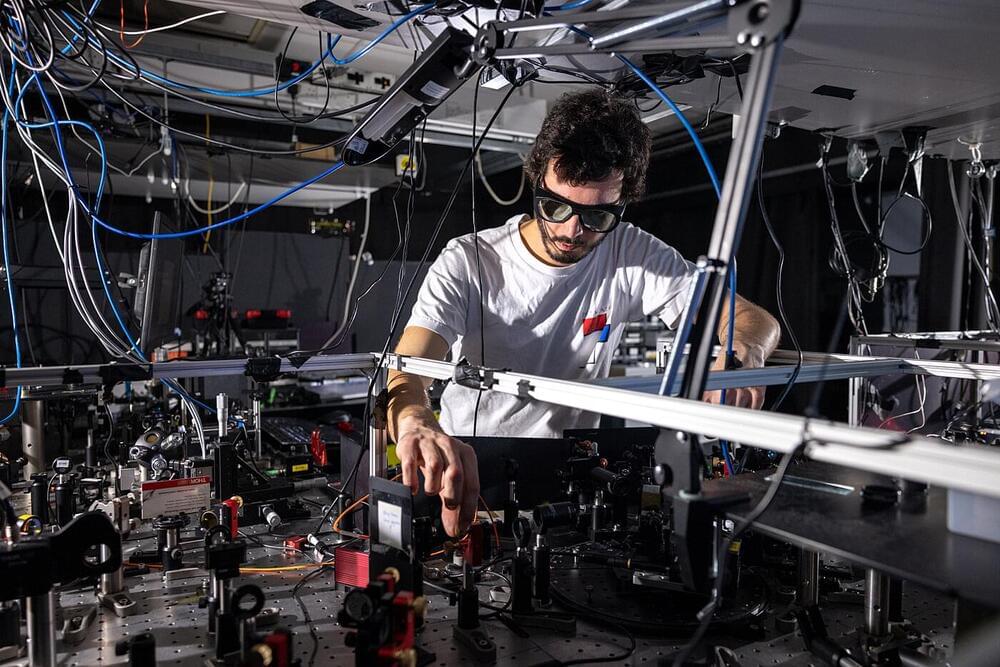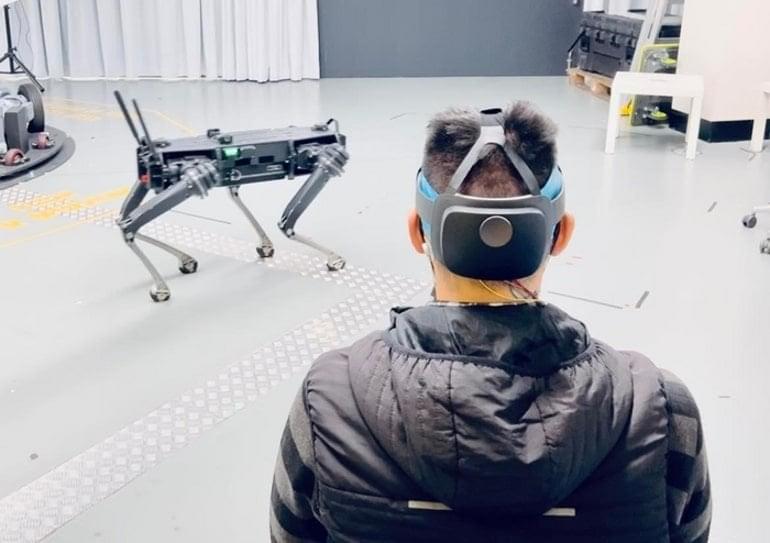Donald Hoffman and Hannah Critchlow debate the origins of consciousness.
This excerpt was taken from “The key to consciousness,” featuring Sam Coleman, Donald Hoffman, and Hannah Critchlow. Joanna Kavenna hosts.
Watch the full debate at https://iai.tv/video/the-key-to-consciousness?utm_source=You…escription.
#MysteriousConsciousness #ConsciousnessUnlocked #IsConsciousnessMaterial.
Donald Hoffman is an American cognitive psychologist working at the University of California, Irvine. He is making waves with a new theory suggesting that, instead of presenting reality as it “really is”, our perception is like a desktop interface enabling us to use reality effectively.
Named as one of the ten leading “communicator scientists” in the UK by the Science Council, Hannah Critchlow is an internationally-acclaimed neuroscientist with a background in neuropsychiatry.






